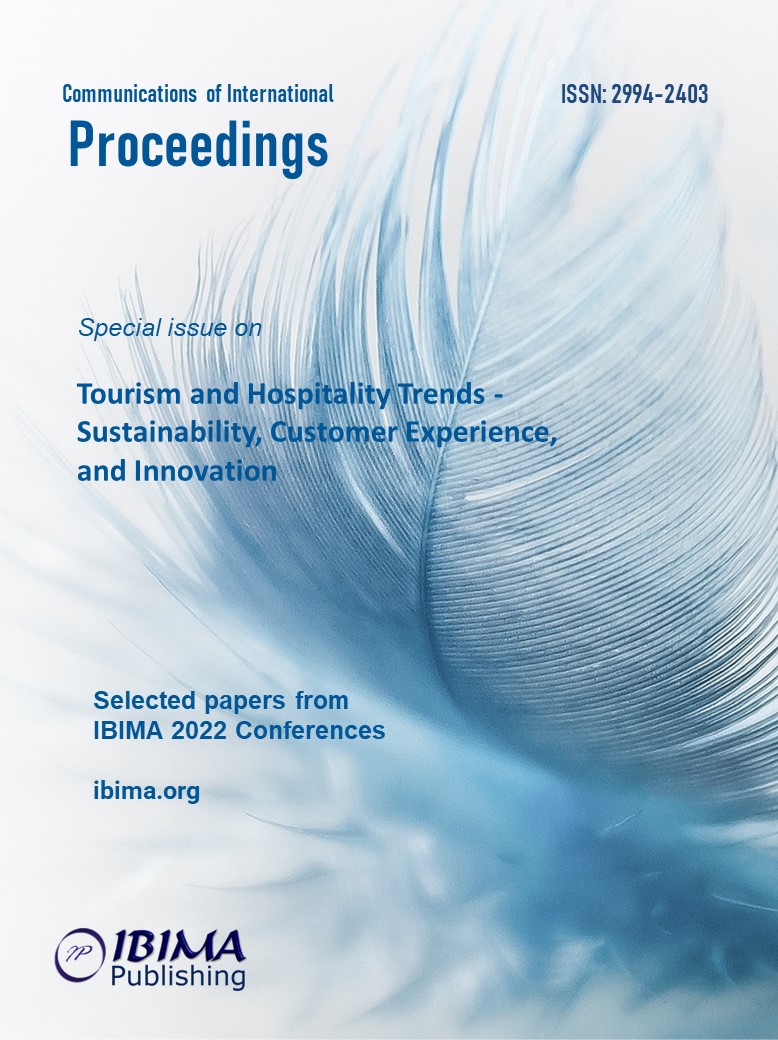
FAUR Monica and BAN Olimpia
Doctoral School of Economic Sciences, University of Oradea, Oradea, Romania

The development of different models of tourism destination competitiveness by the specialists in the field represents a very useful tool for identifying and obtaining competitive advantages that will ensure the sustainability of the tourism activities at the level of each destination. The purpose of this paper is the comparative presentation of the most well-known models of tourism destination competitiveness in the specialized literature (Porter’s Diamond, 1990; De Keyser and Vanhove’s Model, 1994; Dwyer, Livaic and Mellor’s Integrated model, 2004; Ritchie and Crouch’s Conceptual model of destination competitiveness/sustainability, 2003; Dwyer and Kim’s Competitiveness model, 2003; Travel and Tourism Competitiveness Index – World Economic Forum, 2019) in order to identify the different categories of determinants of the tourism destination competitiveness. Moreover, the paper aims to highlight common and distinct aspects in the authors’ approaches regarding the determinants of the tourism destination competitiveness. In order to achieve these goals, the following steps of research have been completed: studying the models of tourism destination competitiveness, identifying the determinants of competitiveness for each analyzed model, creating an analogy on the categories of determinants of tourism destination competitiveness, drawing conclusions on the issue and formulating new working hypotheses. Therefore, the review of the specialized literature on the best known models of tourism destination competitiveness has led to the identification of the following categories of determinants of tourism destination competitiveness: tourism policies, contextual factors, tourism demand and supply, natural and human resources, general and tourism infrastructure and destination management.